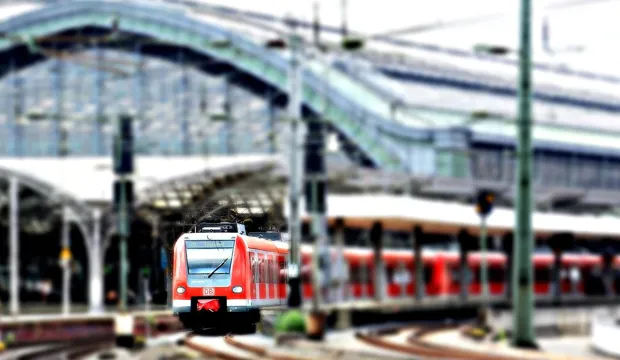
Calculate journey times
An activity to compare journey times for different modes of transport
In this fun activity for KS1, learners will calculate the times taken to complete the same journey using different modes of transport, allowing them to put their math skills into practical use.
This could be used as a one-off main lesson activity to develop basic maths skills in context.
Activity introduction
This activity is part of a collection of STEM resources developed to aid the teaching of the primary national curriculum. Its purpose is to assist in delivering essential topics within mathematics and science.
The teacher will introduce the learners to an exciting task: calculating the time it takes to complete a given journey using various methods of transport.
First, the teacher will explain the relationship between distance, speed, and time and share the speeds of each mode of transport with the students. They will then demonstrate how to calculate the journey time using the distance and speed of a car as an example.
Next, the learners will be given the “Who’s Fastest” activity sheet to complete. They will calculate the journey times for each mode of transport and rank them from fastest to slowest.
After completing the calculations, the class will engage in a discussion. They will explore which mode of transport emerged as the fastest and why it held that position. Furthermore, they will consider which transport mode they would prefer to use for the given journey and explain their reasoning.
By the end of this activity, the learners will have gained a deeper understanding of the relationship between distance, speed, and time while also having fun comparing different modes of transportation.
How long will this activity take?
This activity will take approximately 60-85 minutes to complete.
The engineering context
Comparing results is crucial in engineering as it aids in enhancing efficiency. Different modes of transportation have varying impacts on the environment. Consequently, a transport engineer’s task involves determining the most suitable transportation method for specific situations, such as employing trams in a city.
Suggested learning outcomes
By the end of this activity, students will be able to solve a contextual problem using division and multiplication, and they will be able to understand how to calculate different journey times for alternative modes of transport.
Download the free activity sheet below!
All activity sheets and supporting resources are free to download, and all the documents are fully editable so that you can tailor them to your students and your schools’ needs.
The activity sheet includes teacher notes, guidance, helpful web links, and links (where appropriate) to the national curriculum in the four devolved UK nations; England, Northern Ireland, Scotland and Wales.
Please share your classroom learning highlights with us @IETeducation





